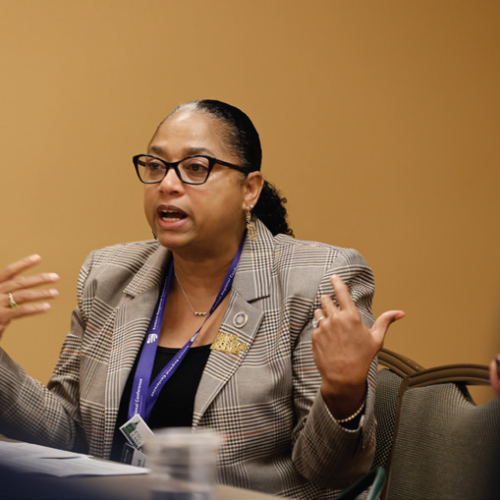Medicaid tobacco cessation effectiveness varies between states
An article in this month’s Health Affairs finds that while all state Medicaid programs cover smoking cessation services, there are significant gaps between states. Smoking is the leading preventable cause of disease and Medicaid members are almost twice as likely to smoke as the average American. The Surgeon General estimates that 15% of Medicaid spending results from smoking and a study found that each dollar invested in tobacco cessation returns three dollars in lower health costs. The Affordable Care Act requires Medicaid programs to offer smoking cessation treatment, but the extent and effectiveness of those programs vary considerably. The study estimates that 10% of all US Medicaid smokers are getting cessation medications but that rate varies from 27% in Minnesota to 2% in Rhode Island. The article outlines some differences between more and less effective states.
| % adult Medicaid smokers | Number of adult Medicaid smokers (1,000s) | Estimated % of Medicaid smokers using medications | |
| CT | 31 | 102 | 15 |
| DE | 34 | 43 | 4 |
| ME | 39 | 61 | 6 |
| MD | 36 | 182 | 8 |
| MA | 30 | 260 | 18 |
| NH | 38 | 18 | 25 |
| NJ | 28 | 114 | 11 |
| NY | 29 | 966 | 12 |
| PA | 39 | 445 | 14 |
| RI | 36 | 38 | 2 |
| VT | 38 | 33 | 13 |




